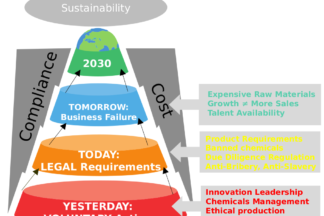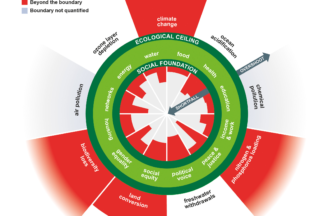Right now everyone, everything seems to talk about wanting to be come ‘carbon neutral’.
Don’t get me wrong: The goal itself – getting to a net zero carbon balance at the very least, and all that on nothing longer than a 2040 trajectory – is a must for every business.
But.
After Circularity and Regenerative, we’re seemingly right onto the next term in the game of buzzword bingo: Net Zero.
Net Zero should be every where indeed.
But not as a mere wave to ride in order to catch the next press release headline.
‘System positive’. The latest term I came a cross in the finance world, and which intends to identify business that are particularly well set up to survive the tribulations to be expected in the decades to come. Immediately the cynic in me asks: Another addition to the sustainability bullshit bingo?
And yet: the 5 questions proposed for scrutinising companies are very sharp, very relevant and very insightful.
They only fall short of one: Will the company thrive within or even thanks to the Doughnut Boundaries?
In an earlier post I asked: How can business, a business, downscale the Doughnut and make it operational?
In this post I look at three tools that praise themselves of being either part, or even all, of the support a business needs on the journey to integrate the Doughnut Economics concepts. Namely: Science-based Targets (SBTs), the B Impact Assessment(BIA), and the Future Fit Business Benchmark (FFBBM).
What are their fundamental differences and similarities?
Are they indeed a tool to help on the path to keeping within the Doughnut boundaries?




